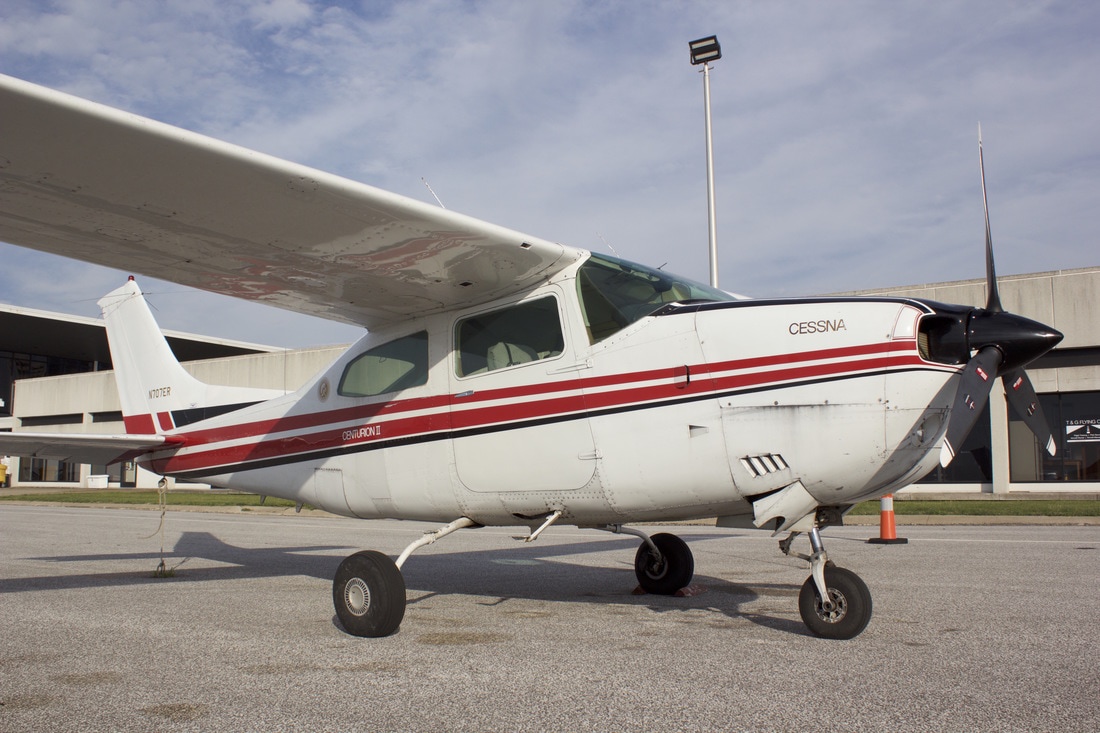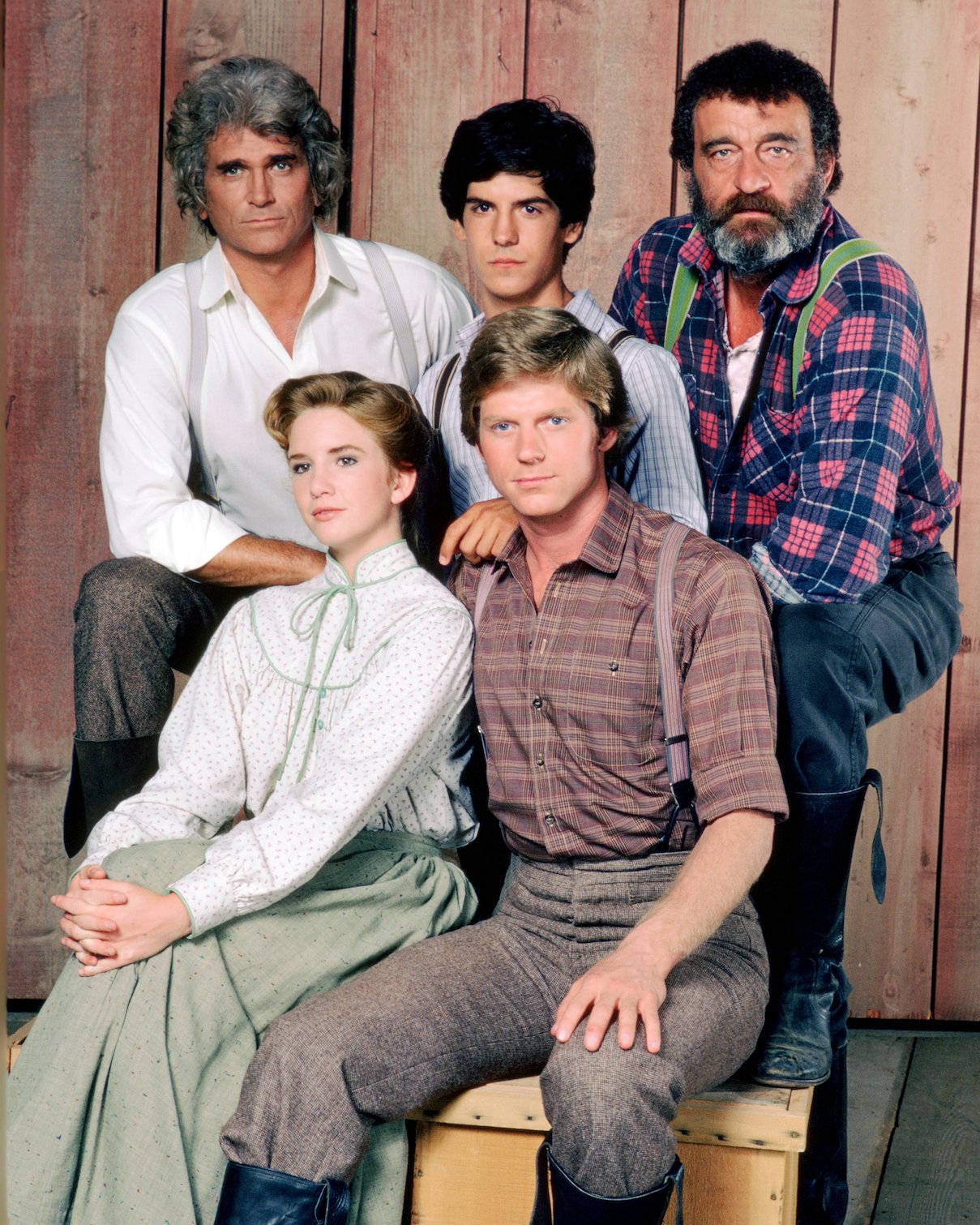Table Of Content

As noted above, the combination of heavier structure, thicker windows, sealing of the pressure vessel and muffling effect of the turbocharger add up to less noise. Like other Cessnas such as the first Cardinals, the early models had some real design flaws that had to be redressed after the fact. What pressurization does, directly, is offer the ability to fly over much enroute weather in relative comfort. Indirectly, it offers somewhat lower noise levels and a more solid feel, the result of the reinforcement needed for pressurization.
Cessna T210F Turbo-Charged Centurion
Centurion maintenance is not trivial, especially the landing gear. If too many items are deferred, the airplane may have annoyingly bad dispatch reliability. Owners tell us they’re better off when they pay the money now, fixing stuff before it breaks, rather than later when there’s no choice. Until the introduction of the Cardinal RG in 1971, the Cessna 210 Centurion was the only single-engine, high-wing, retractable gear airplane manufactured by the largest maker of light aircraft. The Centurion was introduced in 1960, and the early versions had a top speed of about 195 mph.
Cessna 210R Centurion
The Cessna Buyer's Guide - Plane & Pilot
The Cessna Buyer's Guide.
Posted: Tue, 22 Sep 2020 07:00:00 GMT [source]
For potential buyers regularly hauling people and cargo, the improved cabin access likely plays a part, as well. A supplemental type certificate (STC)available from Wipaire allows for the installation of a right-side front door. For owners interested in hauling larger cargo or simply desiring easier access to the aft half of the cabin, the U206 provides large double “clamshell” doors on the right side of the fuselage.
Top 25 Planes Of All Time
With an IFR-equipped payload of about 970 pounds after full fuel, a late-model 210 can haul the astonishing load of five adults with about 22 pounds of baggage each. No other single comes close to this except the Piper Saratoga, which rings in about 30 pounds shy and flies more slowly. Furthermore, the Centurions have an unusually long center of gravity envelope (the longest in class) that tolerates loading extremes that would make other models in this class virtually unflyable, namely the Bonanza.
Quick Look: O&N Silver Eagle - AOPA
Quick Look: O&N Silver Eagle.
Posted: Mon, 01 Oct 2018 07:00:00 GMT [source]
Equipped with a single engine, and a passenger capacity of four to six depending upon the model, this light, easily flown, durable plane was converted into its own type from the Cessna 182B. Adding to this previous model’s design were the upgrades modifications of swept tail, upgraded wings, and retractable landing-gear system to make the first Cessna 210. PerformanceOnce the gear and flaps were up, a cruise climb of 120 knots was set.
Cessna T210H Turbo-Charged Centurion
Three years later, a switch to more compact tubular steel landing gear provided more space in the aft cabin, enabling full-sized seats to be used in the third row. As with any types of the vintage, each comes with a smattering of pitfalls and ownership challenges. As Cessna added features like turbocharging and pressurization, the airplanes became more challenging to own and maintain.
The most significant change during the cantilever-wing era was the addition of the P210, with “P” denoting cabin pressurization. Easily the most complex version of the 210, the pressurization provided comfort and capability during longer trips. With a relatively low 3.35 psi differential, however, the cabin altitude can easily exceed 10,000 feet, so many owners still utilize oxygen. Nevertheless, the pressurization provides a notably quieter, more comfortable cabin. The taildragger era was drawing to a close, tricycle gear was taking over, and the marketing team was hard at work identifying and addressing gaps in their product offerings. The small trainer role was evolving from the 120 and 140 to the 150, and the light four-place role was evolving from the 170 to the 172 and 182.
Appareo Earns STC For AIRS-400 Recording System
It is sometimes combined with a turbine engine, the engine’s compressed air taken at the compressor stage, and used for filling the cabin with pressurized oxygen. However, the first part of any flight always seemed to be a battle between a decent rate of climb and engine cooling. When going fast enough to keep CHTs out of the stratosphere, the rate of climb was usually around 400 or 500 FPM. This mod fixes those problems and turns the airplane into a 200-knot cruiser.
Cessna T210L Turbo-Charged Centurion
Fuel flows from these bays through a reservoir tank to the fuel selector valve, through a bypass in the electric auxiliary fuel pump and the furl strainer to the engine-driven fuel pump. From here fuel is distributed to the engine cylinders via a control unit and manifold. Vapor and excess fuel from the engine-driven fuel pump and fuel control unit are returned by way of the selector valve to the reservoir tank of the wing fuel bay system being used. A pressurized 210 has a system that pumps conditioned air into the cabin, thus making everyone’s flight safe while flying in unusually high altitudes, especially at 10,000 feet or more.
Back in 1960, the first 210s began life with four seats, struts and 260 hp, but the latter only lasted until 1964 when Cessna upped power to 285 and increased seating capacity to six. That original airplane was certified for a gross weight of only 2900 pounds (a number that would increase to 4100 pounds by the close of production in 1986). Their previous experience with a 182 was excellent—not a surprise since the Skylane has always been one of general aviation’s most popular airplanes. The lure of extra hp, better speed and climb, plus the benefits of a big cabin and extra payload seduced them into buying a retractable. The airplane fuel system consists of two 45 gallon vented integral fuel bays.
He felt that the transition from the 172 to the 182 was far more demanding than the transition from the 182 to the 206. Other owners echo this sentiment, describing the 206 as nothing more than a slightly larger 182. However, reduced drag isn’t enough to make up for the aforementioned higher cost of ownership, and this is evident in pricing.
Maximum cruise speed is up by approximately six mph at altitudes between 10,000 and 20,000 feet. Also, the reduction in takeoff distance is a significant 130 feet less than before. Other refinements included power switch/circuit breakers, simplified wiring, improved ventilation, and a redesigned vernier mixture control. The pressurized differential provides a 12,000-foot cabin at 23,000 feet.

No comments:
Post a Comment